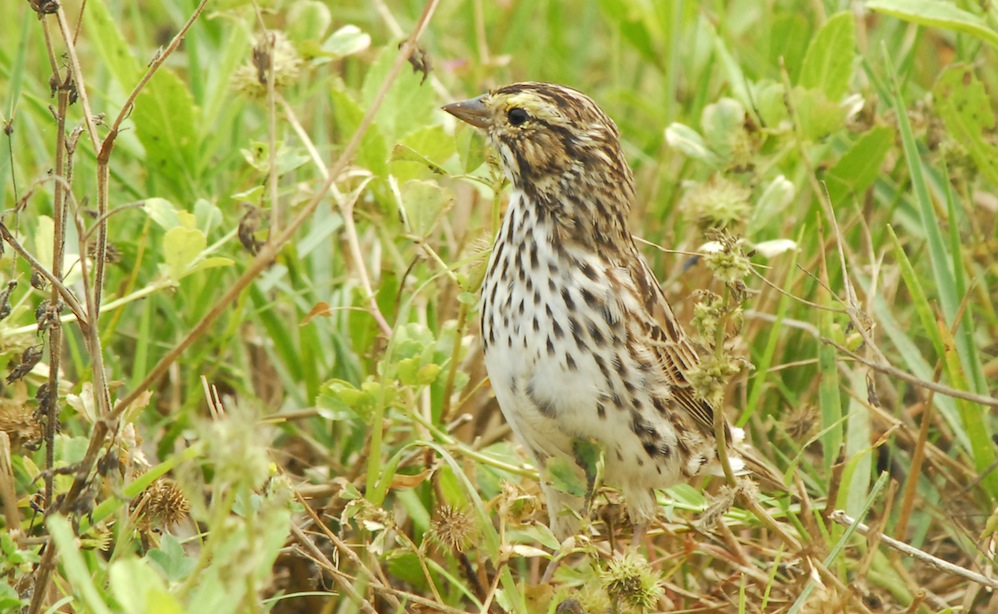The HAPET office and PPJV Technical Committee teamed up with the Montana conservation partners to expand the North American Breeding Bird Survey (BBS) throughout the state. The BBS has been active in the PPJV area since the late 1960s, providing data for estimating breeding bird population trends. In recent years, analysis of BBS data has indicated that breeding populations of several species of grassland nesting birds in the Northern Great Plains of eastern Montana have declined dramatically. Examples include Sprague’s pipit, Baird’s sparrow, McCown’s longspur, and chestnut-collared longspur. Data from BBS are the longest active breeding population survey datasets available for these and many other species of concern. In addition to population trend analyses, modeling approaches relating BBS observations to habitat characteristics have been important for understanding the effects of habitat loss and other stressors on breeding populations.
Before the expansion, 65 routes existed in Montana, which, given Montana’s size, resulted in one of the lowest route densities in the continental United States. The BBS Office at Patuxent Wildlife Research Center in Laurel, Maryland recently designated 42 new roadside routes across Montana. The new routes will be available beginning with the 2015 survey period between late May and early July. Observations from the new routes will augment the existing survey database and provide additional information to land managers and researchers to inform bird conservation.
For more information, contact Sean Fields, PPJV Science Coordinator.

